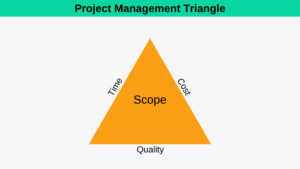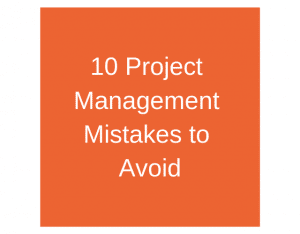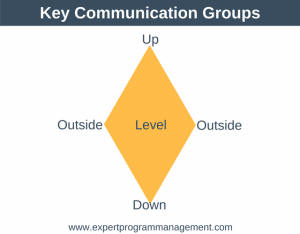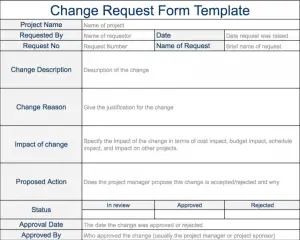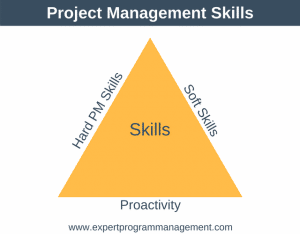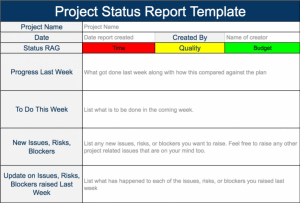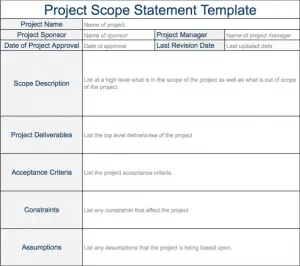Have you ever noticed that a lot of time seems to be wasted at the beginning of a project or program? Compare that with the end stages when everyone is working flat out to get things done. It seems ridiculous to me that professional project and program managers allow this waste to happen.
So why does this waste happen? Probably because it’s generally considered reasonable that planning complex projects takes time. We have to find the right people to be involved, then go through a number of cycles trying to define what the business wants. I’ve seen this take months and involve multiple cross functional workshops. Once the business finally has some idea what it wants then the project is given to a project team to create the plan. This plan then needs to be reviewed by all of the stakeholders before it can be signed off…eventually!
When you read this you may be thinking no wonder it takes a long time to get a project moving, but there is another way…
Side note: Before someone shouts Agile at me, let me state that I’m not referring to the Agile level here. I’m referring to how a business decides what goes on the product backlog, or is designing a brand new product and trying to figure out what it should do, or we’re trying to coordinate a project that can’t use agile because a huge capital investment is needed up front.
Anyway, back to the main point of this article. There is another way which allows you to define the scope of a project and create its plan in a single day. I picked this approach up in a book by Fergus O’Connell, Simply Brilliant. It works for him, it works for me, and it can work for you too. So, without further ado, here are the steps you need to take to create the project scope and plan within just one day.
Step 1: Plan the Workshop
Identify all the stakeholders in the project and invite them to attend the workshop. Make sure you organize the workshop enough in advance so that everyone can attend. The schedule you issue for your workshop will look something like this:
09:00 – 11:00 Determine the Project Goal
11:00 – 13:00 Create Plan
13:00 – 14:00 Lunch
14:00 – 15:00 Create Plan (Continued)
15:00 – 16:00 Risk Analysis
16:00 – 17:00 Next Steps
When you distribute the agenda ask people to do some work in advance and list down what they think would fully define the project goal, and also what they imagine the plan to get to that goal would be.
Step 2: Run the Workshop
When running the workshop it is important to keep the schedule to time. If you are acting as the workshop facilitator you will need a scribe to keep notes of what is said during the day.
Part 1: Determine the Project Goal
- Do this by asked the group to identify the exact conditions of when the project will be done. Encourage the group to speak by asking questions. You should consider asking questions like: How will we know when the project is done? What will be produced? Whis is definitely part of the project’s scope? What is definitely not part of the project’s scope? What quality level needs to be achieved for each thing which is produced? The scribe should write the answers on a board as they are called out. Once you’ve finished going through your questions read out the answers to the group again, asking them that if this was done would the project be fully finished. Record any additional detail given by the team. You now have your first draft of the project scope.
- Next ask the group to help you make a list on the board of all stakeholders. Now go through the list of stakeholders one by one asking the group if the scope as described on the board would make each stakeholder happy? If the answer is “no” then you’ll need to write additional detail to the scope until the answer is yes. Next play back the list of stakeholders one more time to the group as you did for scope until nobody has anything more to say.
- Congratulations! You now have the final project scope.
Part 2: Create Plan
- Ask the group to call out the major phases of the work.
- Now go through each phase and identify the detailed tasks which make up that phase. At this stage you’ll also want to add how long the tasks should take, dependencies between tasks, who’s going to perform the task, and any other relevent detail.
- Playback the plan to the group, until ideas are exhausted and the plan is looking solid.
Part 3: Risk Analysis
Ask the group to call out risks they can see which may affect the plan. Go into detail on each risk with the group to see what can be done to mitigate the risk.
Once you have completed the risk analysis you have your project plan.
Part 4: Next Steps
Look at the beginning of the plan and assign actions to members of the group. Agree when how and when progress against the plan will be tracked.
Congratulations! You have now scoped, planned, and started to run your project in a single day!
Conclusion
One of the real advantages of this approach is that because the stakeholders are involved in building the plan, and because the win conditions all stakeholders have been considered, the stakeholders are much more bought into the plan than they would otherwise be. This helps to get the project off to a good start.
One last thing. Before you break up the workshop don’t forget to thank everyone for participating and remind them that they should feel proud of what they have achieved today – it is a great feat to get a complex project or program scoped, planed, and up and running in a single day.
